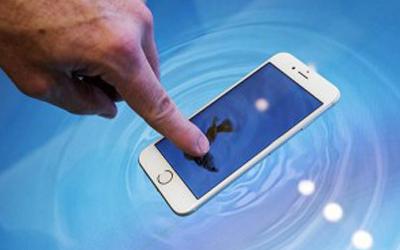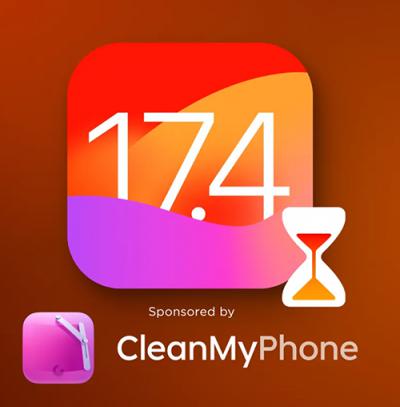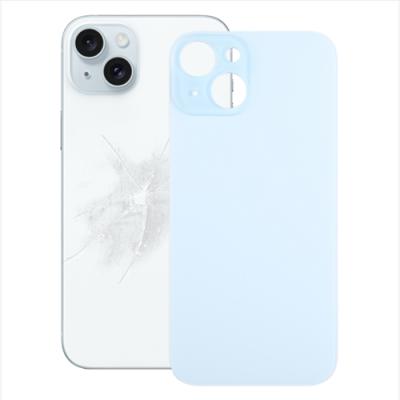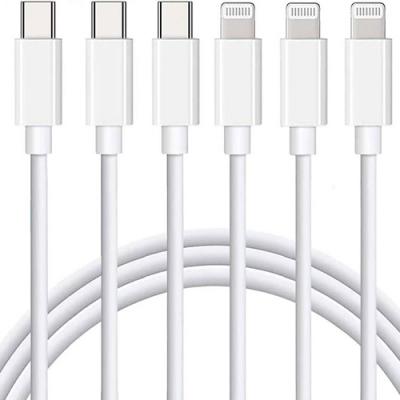Will OLED Display Be Applied in iPhone 8 and Become Mainstream?
BY kaye | 四月 18th, 2017 | 2 | 7
Recently, the hottest topic seems to be whether OLED screen will be applied in the coming iPhone 8. It's said that Apple ordered 70 million pcs of OLED displays from Samsung, also signed a contract with other Chinese suppliers for more displays to ensure full preparations for iPhone 8's release. This is not only because of Apple's strategic prospective, but also because of the OLED screen's capacity.
Unlike LCD screen, OLED display usually has a very special and complicated structure, which makes it more difficult to produce. Here we'd like to explain their differences in details.
Introduction of LCD
LCD (liquid-crystal display) is a kind of display which uses liquid crystal controlled transmittance technology to achieve the color.
A LCD consists of a thin layer of a liquid crystal sandwiched between two glass sheets with transparent electrodes deposited on their inside faces. As the LCD does not produce any illumination of its own, but depends entirely on illumination falling on it from an external source for its visual effect, that's why there are glass sheets used to be as illumination on its both sides. On the back of LCD, there is a backlight and a reflective film. The backlight is a kind of light-emitting material, mainly made of fluorescent material. It, in fact, is to provide a uniform background light source.
Below is the picture to show how a LCD usually works.
Introduction of OLED
OLED (Organic Light Emitting Diode) is made up of below parts.
1. Substrate (clear plastic, glass, foil) - it supports the OLED.
2. Anode (transparent) - positively charged wrt to cathode, provides ''holes'' when a current flows through the device.
3. Conducting Layer - made of organic plastic molecules that transport ''holes'' from the anode.
4. Emissive Layer - made of organic plastic molecules (different from the conducting layer) that transport electrons from the cathode. This is where light is made.
5. Cathode (may not be transparent) - it injects electrons when a current flows through the device.
The Character of OLED
Unlike LCD, OLED is self-illuminating due to their organic material and requires no backlight for maximum visibility in all environments. This also allows OLEDs to be significantly thinner than standard LCDs. Secondly, as OLED has a faster response times, wider viewing angles and consumes less power, it usually have a brighter, higher contrast display than conventional LCD.
On the base of OLED displays' lots of unparalleled advantages, it's said that OLED will have the larger latent development and will be widely used in the coming days, which makes portable and foldable display technology becomes a kind likelihood in the near future.
Now, most Apple fans are looking forward to the creative ideas in iPhone 8. Will Apple surprise us in its 10th anniversary? Will OLED be applied? Let's wait and see.
If you have any ideas, welcome to share with us by sales@etradesuply.com, thank you.
You may also like:
Difference among iPhone X OEM Screen, Aftermarket OLED and LCD Screen
Why you can't see the iPhone screen with polarized sunglasses?
What's the difference between iPhone 8 and iPhone 7 LCD screen?
|
|

|

|

|

|

|
|---|












 What Will It Bring To Repair Industry When iPhone 7S Features OLED Screen?
What Will It Bring To Repair Industry When iPhone 7S Features OLED Screen?  IOS 17.4 official version pushed to block battery vulnerability
IOS 17.4 official version pushed to block battery vulnerability  Is the Chinese-made rear case for the iPhone 15 series going on the market?
Is the Chinese-made rear case for the iPhone 15 series going on the market?  New products coming:USB to MFI Lightning Cable
New products coming:USB to MFI Lightning Cable  Successfully submitted!
Successfully submitted!
Do iPhone LCDs use fluorescent materials for the backlight or do they use small LEDs for the backlight?
Hi James
The iPhone LCD use fluorescent materials for the back-light,the coming Apple iPhone 8 is use small LEDs for the backlight,may this can help you.
If you want to know more about cellphone parts,you can Subscribe to us.
Have a good day.